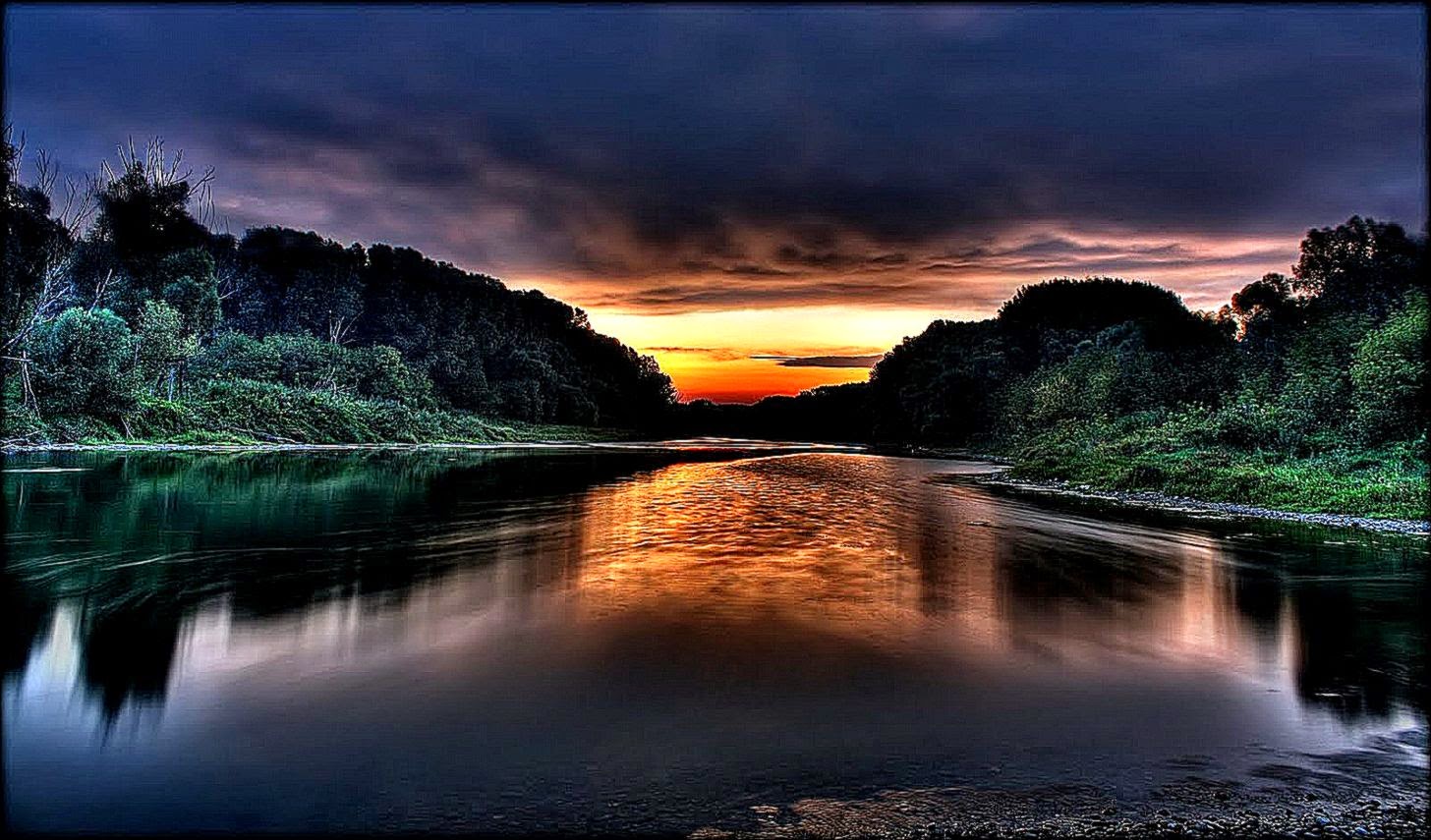

The 16-35mm f/2.8L boasts a great lens construction that features Air Sphere Coatings and Sub-wavelength Coatings, which virtually eliminate flare and ghosting.
Best landscape photo professional#
It’s a superior quality L-series lens that has all the features you need for professional landscape shooting.Ĭanon EF 16–35mm f/2.8L III USM Lens, Black (0573C002) ( Image from Amazon) Canon EF 15-35mm f/2.8L II USMĬanon DSLR camera owners have an outstanding selection of landscape lenses, and one of the best is the Canon EF 16–35mm f/2.8L III USM. Regardless, this is an affordable landscape lens that’s excellent for beginner EOS R landscape shooters. Also, if you edit photos using Lightroom, there is currently no lens profile support for the Canon RF 16mm f/2.8 STM (it should be added eventually, but for the time being, you’ll need to manually correct any lens distortion). You can expect sharp images consistently, though you may notice a little vignetting at the corners.

It is also highly affordable and currently one of the cheapest Canon RF lenses available.Ĭanon RF16mm F2.8 STM ( Image from Amazon) If you want to concentrate on ultra-wide compositions and don’t need focal length flexibility, this 16mm lens is a perfect choice. It weighs only 1 lb/453 g, and thanks to its portability, makes for a brilliant travel lens. This is a compact, lightweight Canon prime lens that allows you to take amazing ultra-wide landscape photos. Canon RF 16mm f/2.8 STMĪnother fantastic landscape lens for EOS R cameras is the Canon RF 16mm f/2.8 STM. It doesn’t compromise on quality, either you can still expect corner-to-corner sharpness at every focal length. We also love the style and build quality of this lens, and at 1.2 lb/544 g, this lens is lightweight compared to many other premium zoom lenses. While you won’t get the same level of control and versatility as the f/2.8 lens, it’s still more than enough for landscape photography – because in most instances, you will be shooting at apertures of f/8 or higher, anyway. The other main difference between the 15-35mm f/4 and the 14-25mm f/2.8 is the maximum aperture this L-series RF lens has a constant maximum aperture of f/4.

Plus, thanks to the 14mm maximum focal length (versus 15mm on the lens above), it offers a slightly wider field of view.Ĭanon RF14-35mm F4 L is USM Lens ( Image from Amazon) It’s a similar lens that boasts excellent image quality and versatility for landscape photos. If the 15-35mm f/2.8 is a little too expensive, there is a slightly cheaper alternative: the Canon RF 14-35mm f/4L IS USM. Ted Forbes created a great video that seamlessly and effectively explains the technique.Not as great for low light shots as the f/2.8 Basically, the Zone System refers to the amount of light a specific portion of the negative needs to imprint the best tones onto paper. This priceless gift is called the Zone System, which Adams developed alongside Fred Archer. As a whole, his images depict a pure fascination with nature, as his landscape photographs of the American West-especially Yosemite National Park-are his most iconic body of work.Īnytime someone hears the phrase “Landscape Photography,” it’s no surprise that Adams is likely the first to come to mind since his passion for landscape photography transformed his skills into stunning mastery.īesides popularizing Landscape Photography, he gave the world a great tool for getting the best tones for each portion of a photograph in print, which is the summit of every photographer’s workflow.

Ansel Adams was an American photographer and environmentalist whose prints are the perfect evidence that the work that happens after pressing the shutter button is extremely important.


 0 kommentar(er)
0 kommentar(er)
